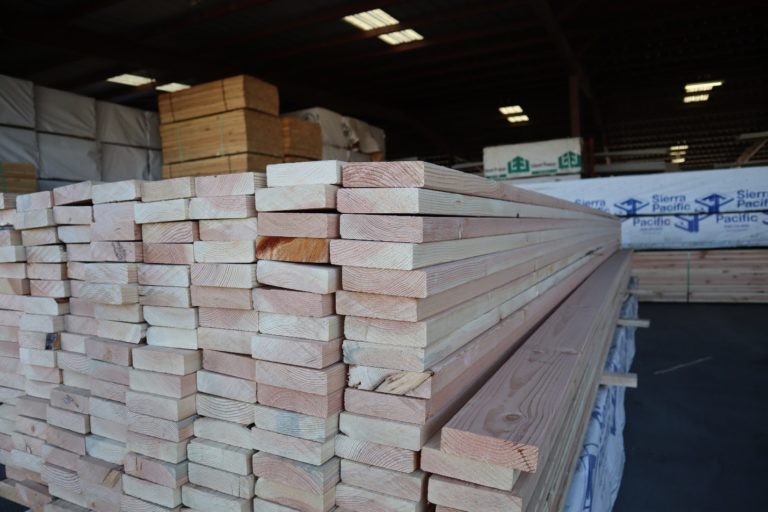Softwoods, hardwoods, plywoods, MDF, chipboard… the list goes on. You know you have lots of options, but how do you decide which type of wood will best suit your project needs?
There are two types of solid wood you can use: hardwood vs softwood. The difference lies in the name— hardwoods are physically harder than softwoods. Softwood usually is taken from a conifer tree such as a pine tree, while hardwood comes from a deciduous tree such as an oak or maple. So, what exactly are the differences between softwoods and hardwoods, and how do you use them?
Softwood
When you enter a lumberyard, you may have noticed a strong pine scent. Pine is one of the most common softwoods, but not your only choice— there are many other types of softwoods you can use for your project, including:
- Cedar,
- Redwood,
- Spruce, and
- Yew.
Softwoods- especially pine boards- are often used in home construction, framing, and trusses due to its affordability. Pine boards are available in a variety of widths and lengths, making them the perfect candidate for painted projects. If you are looking for a more unique look, leave the pine unpainted to show off its grain patterns and knots.
Pine boards are easy to work with since softwoods cut and sand smoothly, sparing your blades from damage. Unfortunately, their delicacy also leaves them more prone to scratches, dents, and general damage.
Hardwood
Hardwoods are sourced from trees that grow slowly and tend to be much denser than softwoods. Hardwoods include the following types of wood:
- Oak,
- Teak,
- Walnut,
- Maple, and
- Mahogany.
Due to their condensed and complex structure, hardwoods are known for their strength and durability. Though they are more expensive, hardwoods have a natural resistance to weather and require less maintenance than softwoods. Hardwood generally is utilized for crafting furniture, flooring, and doors.
Breaking it Down: Hardwood vs Softwood
| Softwood | Hardwood | |
| Definition | These are conifer trees, needle-shaped leaves that mostly grow in northern temperature zone and are usually evergreen. | These are broad-leafed trees, which lose their leave in autumn as they are deciduous. |
| Growth Rate | Higher growth rate | Lower growth rate |
| Density | Lower density | Higher Density |
| Cost | Generally less expensive | Generally more expensive |
| Fire Resistance | Better fire resistance | Poor fire resistance |
| Uses | Home construction, framing, furniture | Doors, flooring, furniture |
Endless Possibilities with Premier
With all the different types of wood out there, the possibilities are endless- always research to determine which type of wood will best suit your needs for your project.
At Premier, we carry high quality lumber to best fit your project needs whether it is a new door or framing for your dream home. To find out what kinds of lumber we carry and how we can help with your project, give us a call today.

